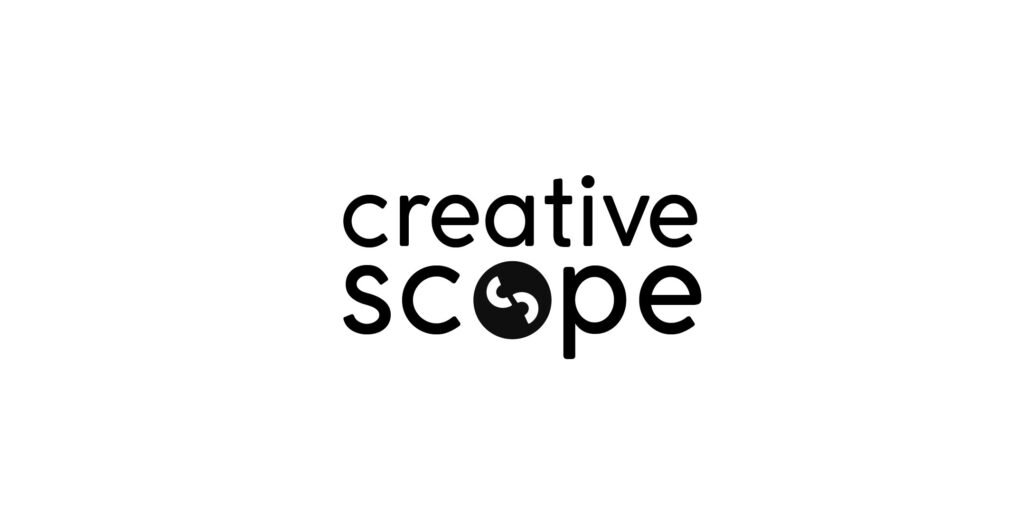Having a website is essential for any business in today’s digital age. However, simply having a website is not enough; it needs to be visible to your target audience. If your website is not showing up on Google search, it can be incredibly frustrating and detrimental to your business. In this blog, we will explore five common reasons why your website might not be appearing in Google search results and provide actionable solutions to help you improve your site’s visibility.
–
1. Your Website Is Not Indexed by Google
Understanding Google Indexing
For your website to appear in Google search results, it must first be indexed by Google. Indexing is the process by which Google bots crawl your website and add its content to Google’s database. If your website is not indexed, it will not appear in search results, no matter how well-optimized it is.
How to Check if Your Site Is Indexed
To check if your site is indexed, you can use the “site:” operator in Google Search. For example, type “site.com” into the search bar. If your website’s pages are listed, they are indexed. If not, your site is not indexed.
Reasons Why Your Site Might Not Be Indexed
- New Website: New websites can take some time to be discovered and indexed by Google.
- Noindex Tag: If you have a “noindex” tag in your website’s code, it tells Google not to index your page.
- Robots.txt File: If your robots.txt file is blocking Google bots from crawling your site, it won’t be indexed.
Solutions
- Submit Your Site to Google Search Console: If your website is new, submit your URL to Google Search Console to request indexing.
- Check for Noindex Tags: Ensure that your pages do not have “noindex” tags unless you intentionally want them not to be indexed.
- Update Robots.txt File: Make sure your robots.txt file is not blocking important pages.
–
2. Poor Website Content
Importance of Quality Content
Google’s primary goal is to provide users with the most relevant and high-quality content. If your website content is not up to par, Google is less likely to rank it highly or show it in search results.
Characteristics of Poor Content
- Thin Content: Pages with little to no valuable information.
- Duplicate Content: Content that appears on multiple pages or other websites.
- Irrelevant Content: Content that does not match user search intent or is off-topic.
Solutions
- Create High-Quality, Relevant Content: Focus on creating detailed, valuable content that answers users’ queries and provides real value.
- Avoid Duplicate Content: Ensure all content is original. Use tools like Copyscape to check for plagiarism.
- Optimize for User Intent: Make sure your content aligns with what users are searching for. Use keyword research to understand user intent.
–
3. Poor SEO Practices

On-Page SEO Factors
On-page SEO involves optimizing individual pages on your website to rank higher and earn more relevant traffic in search engines. Poor on-page SEO can significantly affect your website’s visibility.
Common On-Page SEO Issues
- Missing or Poor Meta Tags: Meta titles and descriptions are crucial for SEO and can affect click-through rates.
- Keyword Stuffing: Overloading your content with keywords can be penalized by Google.
- Lack of Heading Tags: Proper use of H1, H2, H3 tags helps Google understand the structure of your content.
Solutions
- Optimize Meta Tags: Ensure every page has a unique, descriptive meta title and description.
- Use Keywords Naturally: Integrate keywords naturally into your content without overloading.
- Use Proper Heading Tags: Structure your content with proper heading tags to improve readability and SEO.
–
Off-Page SEO Factors
Off-page SEO involves activities outside of your website to improve its search engine rankings. This includes building backlinks from other reputable websites.
Common Off-Page SEO Issues
- Lack of Backlinks: Backlinks are a significant ranking factor. Without quality backlinks, your site may struggle to rank.
- Poor Quality Backlinks: Links from low-quality or spammy sites can harm your rankings.
Solutions
- Build High-Quality Backlinks: Focus on earning backlinks from reputable and relevant websites.
- Disavow Toxic Links: Use Google’s Disavow Tool to tell Google to ignore certain links pointing to your site.
–
4. Technical SEO Issues
Importance of Technical SEO
Technical SEO refers to the optimization of your website’s infrastructure to make it easier for search engines to crawl and index your site. Technical issues can prevent Google from properly indexing your site or negatively affect user experience.
Common Technical SEO Issues
- Slow Page Speed: Slow-loading pages can hurt your rankings and user experience.
- Mobile-Friendliness: With mobile-first indexing, a mobile-friendly site is crucial.
- Broken Links: Broken links can harm user experience and SEO.
Solutions
- Improve Page Speed: Optimize images, use browser caching, and consider a content delivery network (CDN) to improve page speed.
- Ensure Mobile-Friendliness: Use responsive design and test your site on various devices.
- Fix Broken Links: Regularly check for and fix broken links using tools like Google Search Console.
–
5. Penalties and Algorithm Updates

Understanding Google Penalties
Google penalties can severely impact your website’s rankings. Penalties are often the result of violating Google’s Webmaster Guidelines, such as engaging in black-hat SEO practices.
Types of Penalties
- Manual Penalties: Issued by Google’s team for clear guideline violations.
- Algorithmic Penalties: Result from updates to Google’s search algorithms that impact your rankings.
Solutions
- Monitor for Penalties: Regularly check Google Search Console for manual actions.
- Stay Updated with Algorithm Changes: Keep up with Google’s updates and adjust your SEO strategies accordingly.
- Clean Up Your Site: If penalized, identify and fix the issues, then request reconsideration through Google Search Console.
–
Conclusion
Improving your website’s visibility on Google involves addressing multiple aspects of SEO, from ensuring proper indexing and creating high-quality content to implementing sound on-page and off-page SEO practices, addressing technical issues, and avoiding penalties. By understanding these five common reasons why your website might not be showing up on Google search and taking the necessary steps to correct them, you can significantly improve your chances of ranking higher and attracting more organic traffic.
At Creative Scope, we specialize in comprehensive digital marketing services, including SEO, to help businesses in Toronto and the GTA achieve their online goals. Whether you need help with keyword research, technical SEO, or content creation, our team of experts is here to guide you every step of the way. Contact us today to learn how we can help improve your website’s SEO and enhance your online presence.



